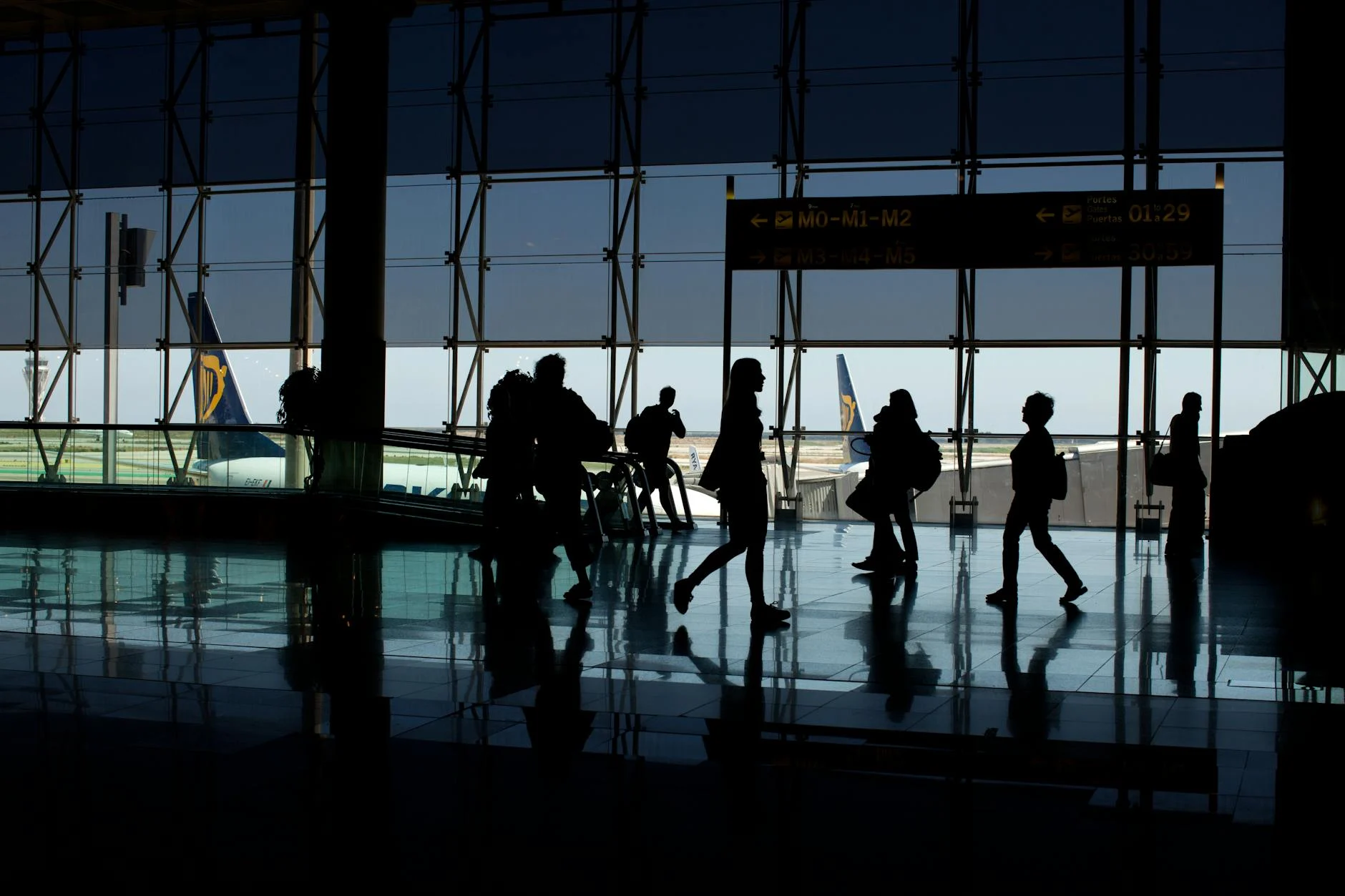When flying to Japan, the nuances of your flight—departure time, layovers, and route—can dramatically shape your overall travel experience. It’s not merely about arrival, but about arriving well.
Red-eye flights can aid in time zone adjustment. Early morning departures allow you to make the most of your day upon arrival. And non-stop flights offer the ultimate in comfort and peace of mind.
In this guide, we explore how to choose the optimal flight schedule and route to Japan—tailored to your individual travel style.
① Red-Eye Flights
▶A Savvy Traveler’s Strategy for Maximizing Both Time and Value
Departures typically between 10:00 PM and 2:00 AM, with early morning arrivals, red-eye flights often offer more attractive fares. But the true advantage lies in their efficiency.
When timed right, these overnight journeys allow you to sleep in transit and arrive in Japan ready to begin your day—refreshed and on schedule. For business professionals focused on productivity and discerning travelers seeking to make the most of a weekend escape, red-eyes represent a smart and strategic option.
✔ Advantages
-
Eliminate the cost of one night’s hotel stay
-
Arrive early and fully utilize your first day for sightseeing, shopping, or meetings
-
Fares are often more competitively priced
✖ Considerations
-
If you struggle to sleep on board, your first day can feel exceptionally taxing
-
Late-night airport transfers may be inconvenient in certain regions
-
May not be ideal for families with young children or elderly travelers
② Early Morning Departures (Around 7:00 AM)
▶ The Smartest Way to Maximize Your Final Day—and Return with Precision
For return flights, early morning departures offer a powerful advantage. Leaving Japan at around 7:00 AM enables same-day arrival at your destination—ideal for those needing to resume work or seamlessly transition to the next engagement.
This schedule lends itself perfectly to the “efficient escape,” allowing travelers to enjoy a full final day in Japan, then return home without delay. It’s especially advantageous when flying with Japanese-based low-cost carriers like ZIPAIR or Peach, where early departures align well with hotel checkout times and ensure a smooth, well-paced journey to the airport.
✔ Advantages
-
Avoid daytime travel disruptions and preserve valuable daylight hours
-
Enjoy your final evening in Japan to the fullest, then depart seamlessly the next morning
-
Highly efficient for business travelers returning directly to professional obligations
✖ Considerations
-
In some areas, airport transfers before dawn may require private car service or taxi arrangements
-
Insufficient rest the night before can diminish the comfort of early travel
-
Airport lounges and dining options may not be operational at such early hours

③ Non-Stop Flights
▶ A Universally Wise Choice—The Quintessential Route for Peace of Mind and Time Efficiency
A non-stop flight remains the most universally preferred option—minimizing travel stress, virtually eliminating the risk of lost baggage, and offering unmatched peace of mind. While fares may carry a premium, the time and energy saved by avoiding layovers often delivers greater overall value.
For families, senior travelers, or those embarking on their first journey to Japan, non-stop flights represent clarity and assurance. Beyond JAL and ANA, top-tier carriers like China Airlines, Singapore Airlines, and Cathay Pacific also operate extensive direct routes to cities across Japan.
✔ Advantages
-
Reduced fatigue and a seamless arrival experience
-
No concerns over transit delays or missed connections
-
Streamlined baggage handling—checked once, received once
✖ Considerations
-
Typically higher fares, especially during peak travel seasons
-
Popular routes can sell out quickly, requiring advance planning
-
Limited options in terms of departure and arrival times
④ Connecting Flights
▶ Sophisticated Traveler’s Alternative—Balancing Value with Global Discovery
For the well-traveled, connecting flights via major international hubs such as Dubai, Hong Kong, or Singapore offer a compelling blend of cost-efficiency and experiential richness. These routes often come at a lower fare, while offering access to world-class airport lounges and even the opportunity to explore the layover city.
For travelers from the Middle East or Europe, Japan-bound itineraries with overnight stopovers are increasingly seen not as curated extensions of the journey—allowing for a deeper, more layered travel experience.
✔ Advantages
-
Often more cost-effective overall, even for long-haul journeys
-
Segmented travel can reduce the strain of extended flights
-
Opportunity to experience multiple destinations in one trip (e.g., Singapore + Tokyo)
✖ Considerations
-
Heightened risk of delays or missed connections
-
Some transit airports can be logistically challenging or time-consuming
-
Total travel time is extended

Which Flight Style Suits You Best? Curated Recommendations by Travel Type
| Travel Profile | Recommended Flight Type | Why It Works |
|---|---|---|
| Weekend Escape or Quick Trip | Red-Eye or Early Morning Departure | Optimizes both transit time and on-the-ground experience |
| Family Travel or First-Time to Japan | Non-Stop Flight | Streamlined travel ensures comfort and peace of mind |
| Business Trip or Conference | Early Morning Return + Non-Stop Outbound | Maximizes time efficiency and supports precise scheduling |
| Value-Oriented or Multi-City Explorer | Connecting Flight | Combines cost-effectiveness with the luxury of multiple destinations |
In Closing: How You Begin Shapes How You Experience
Your choice of flight to Japan influences more than just your arrival time—it sets the tone for your entire journey. From your energy level and mindset to the time you’ll have on the ground, the right itinerary is transformative.
Will you prioritize cost or comfort? Restfulness or efficiency? By aligning your selection with your travel purpose and personal rhythm, the flight itself becomes not just a transition, but an integral and enriching part of the experience.
For your next journey to Japan, we invite you to choose your ticket with intention—considering not just price, but the flight’s timing and unique character.




